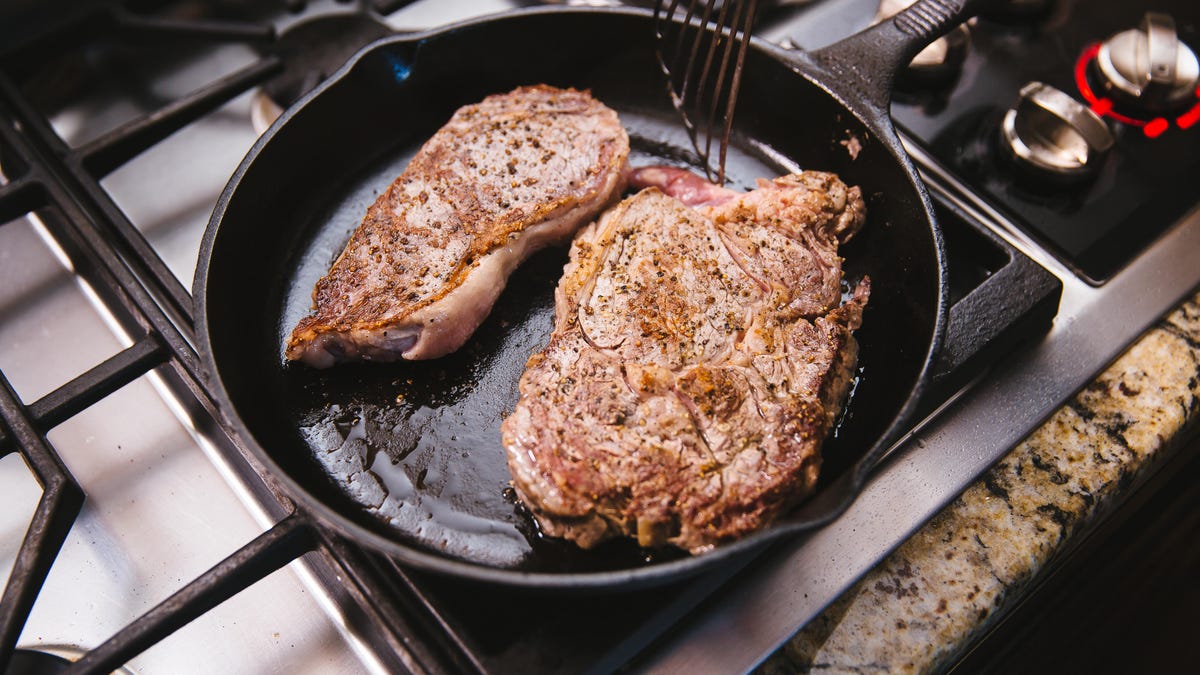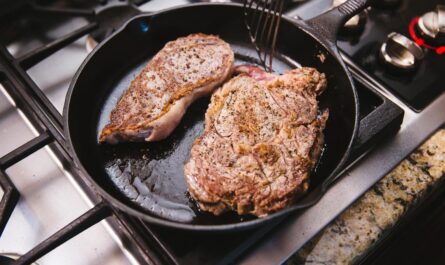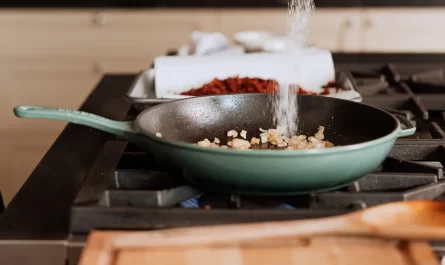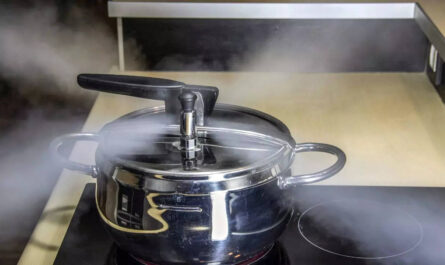When it comes to understanding your cookware, knowing how to measure a cast iron skillet is a critical skill. Whether you’re a sushi lover incorporating a skillet into your cooking process or simply an enthusiast chef, a properly measured skillet ensures even cooking and better recipes.
In this guide, you’ll find everything you need about how to measure a cast iron skillet, from why measurements matter, to practical ways to measure your skillet accurately. Let’s dive in!
Cooking with cast iron skillets is popular because of their tremendous heat retention, even cooking surface, and rugged durability. However, knowing your skillet’s exact dimensions can help you:
- Match it with the appropriate lids and kitchen tools
- Choose suitable recipes or adjust quantities
- Ensure it fits perfectly in your oven or storage area
For instance, when preparing sushi accompaniments like seared fish or vegetables, a skillet’s size determines whether all ingredients will fit comfortably for an even cook.

Key Terms to Understand When Measuring a Skillet
Before jumping into how to measure a cast iron skillet, familiarize yourself with these essential terms:
- Diameter: The widest part across the top of your skillet.
- Cooking Surface: The flat area inside the pan used for cooking.
- Handle to Handle Width: The total width from one handle to another.
- Depth: The height of the skillets interior from bottom to top edge.
Gathering Your Tools
Before measuring, grab these items:
- A flexible tape measure
- A kitchen ruler
- A pen and paper to jot down notes
It’s also helpful to ensure your skillet is clean before measuring for accuracy.
Step-by-Step Guide on Measuring a Cast Iron Skillet
1. Measuring Diameter
To determine the diameter:
- Place the skillet on a flat surface.
- Stretch the tape measure across the widest part of the skillet from one edge to the other.
- Measure the top opening, not the bottom cooking surface, as the ‘size’ of a skillet is generally based on its top diameter.
2. Measuring the Cooking Surface
Since the cooking surface is slightly smaller than the entire diameter:
- Measure the flat portion at the base inside the pan.
- A smaller cooking surface might suit specific recipes like cooking smaller portions of fish or sushi toppings.
3. Measuring Depth
To measure depth:
- Place your ruler or tape measure vertically inside the skillet.
- Record the distance from the bottom to the lip of the pan.
4. Measuring Handle-to-Handle Width
Lastly, dont forget the handle width if your skillet has side handles:
- Measure from the edge of one handle across to the other handle’s edge.
This measurement is especially useful if you need to ensure your skillet fits inside tight kitchen spaces or an oven.
How a Correctly Measured Skillet Affects Cooking
Consider the impact of size when preparing specific dishes:
- A large diameter skillet is perfect for meals like cooking halibut or searing salmon fillets.
- Smaller skillets can handle accompaniments or smaller portions of food.
- Proper depth affects moisture retention, which is crucial for dishes like one-skillet dinners.
For more easy skillet-based recipes, check out Delish’s guide to skillet dinners.
Tips for Maintaining a Properly Measured Cast Iron Skillet
After measuring your skillet, care is equally important to maintain its condition. Here are a few tips:
- Proper Seasoning: Apply a light layer of oil to retain the non-stick surface.
- Avoid Soap: Clean with water or a gentle scrubber to preserve seasoning.
- Dry Immediately: Cast iron rusts quickly; wipe it dry after washing.
- Store Carefully: Keep it in a dry place to avoid exposure to moisture.
Regular care can prolong your skillets longevity and keep it cook-ready.
FAQs
1. Why is my skillet’s diameter different from its cooking surface?
The cooking surface is smaller because it excludes the sloping sides of the skillet. Manufacturers typically list the top diameter as the size.
2. Can I use a cast iron skillet for sushi recipes?
Absolutely! Cast iron heats evenly, making it perfect for searing fish and sushi fillings like tuna or salmon.
3. Is a ruler or tape measure better for measuring?
Both work well, but a flexible tape measure can contour the skillet better for diameter and handle-to-handle measurements.

Conclusion
Knowing how to measure a cast iron skillet is an essential skill for any cooking enthusiast. Whether you’re preparing sushi toppings, grilling meats, or trying your hand at one-skillet dinners, the effort you put into measuring your skillet ensures hassle-free and better-tasting meals. Take the time today to measure your skillet properly, maintain it well, and enjoy the tremendous benefits it brings to your kitchen!
This article contains affiliate links. We may earn a commission at no extra cost to you.




